Backless dress
A backless dress is a dress designed to expose the wearer's back. A backless dress is most commonly worn on formal occasions or as evening wear or as wedding dresses and can be of any length, from a haltertop to a miniskirt-length to floor-length.
Backless dresses first appeared in the 1920s. In the 1930s, the style became associated with the sun tanning fashions of the time, and the backless dress was a way of showing off a tan, usually without tan lines. The wearer usually had to be slim to be able to pull off the effect.
Types
A backless dress can be held up in a number of ways. The most common is by a single piece of cloth or strap which passes behind the wearer's neck, halterneck-style. The neck strap can itself be covered by the wearer's hair, leaving the impression from behind that nothing is holding the dress up. Alternatively, the dress may be held up by short sleeves or by the use of spaghetti straps, which hold the dress up by the shoulders. A stick-on dress or nude netting are other ways that a dress can be held up.
 |
| Different Types of backless Dress |
The amount of the back exposed by a backless dress can also vary, with some styles leaving the upper or upper and middle back uncovered, and exposing the shoulder blades. Some backless dresses plunge nearly to the buttocks.
Choli
The backless style is also found in the choli, the upper garment worn by Indian women along with saris and ghagras. The back is either "partially exposed" with a low cut or "fully exposed" by use of strings. It was created mainly due to the influence of Western fashion to India. It takes a sophisticated woman to carry off this without feeling self-conscious.
 |
| Different Choli designs |
"The drape and the blouse make the saree a sexy ensemble, and my blouses are always low back because I love the peep of the skin against so much fabric."
Breast support
Breast support is an issue for many women when wearing a backless dress, especially for women with larger breast sizes. Bra designs are available that offer breast support with backless dresses. Some bra designs use convertible styles, adhesive bras, underwire and strapless bras. Some bra designs can also be worn by women with larger cup sizes.









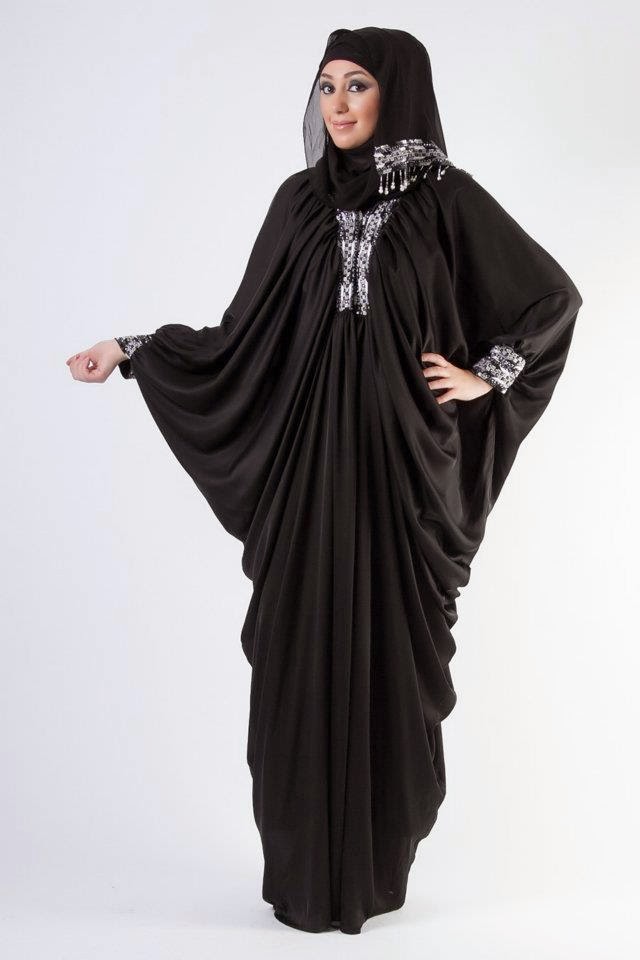

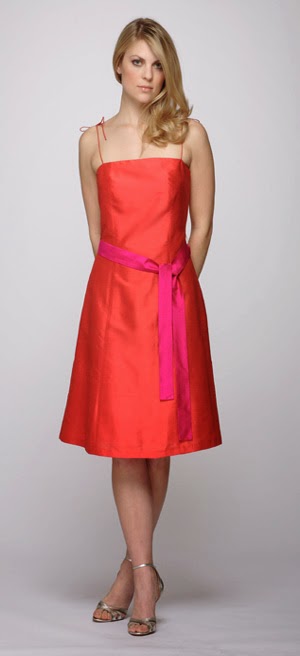





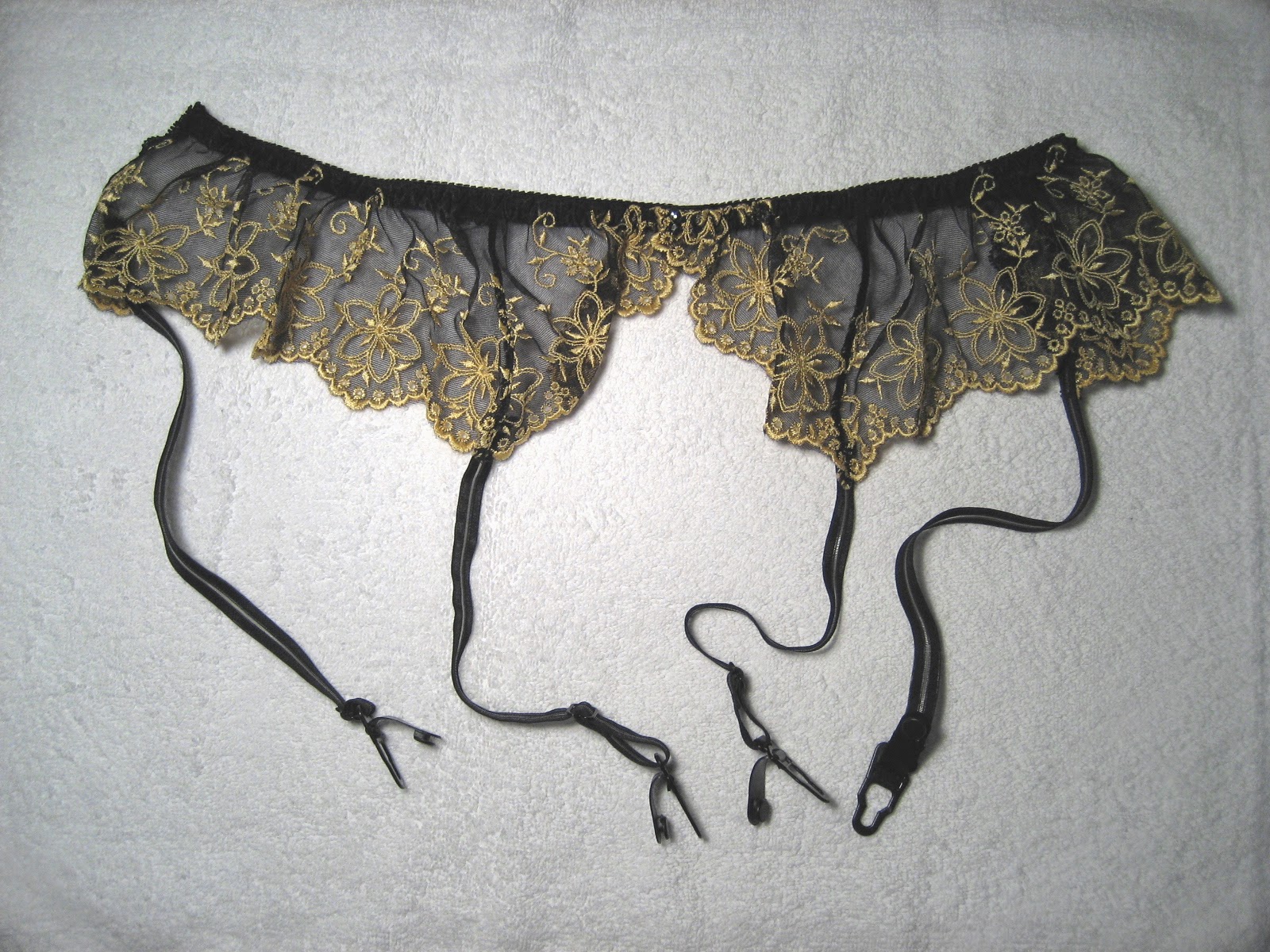


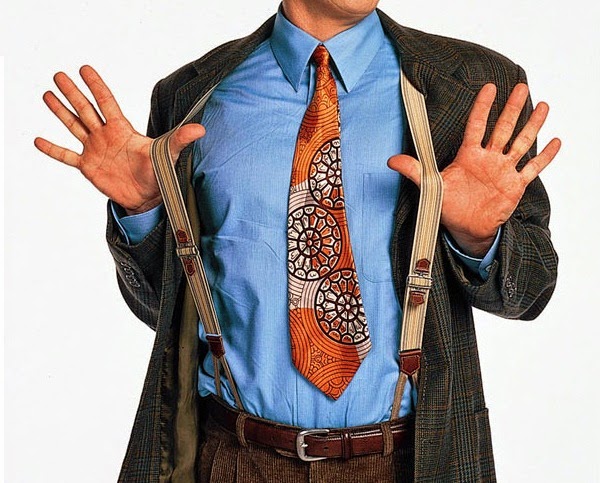
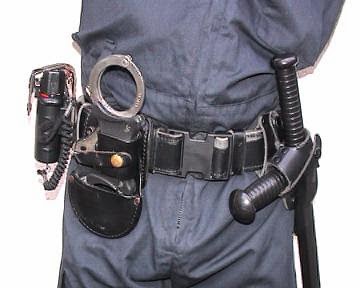


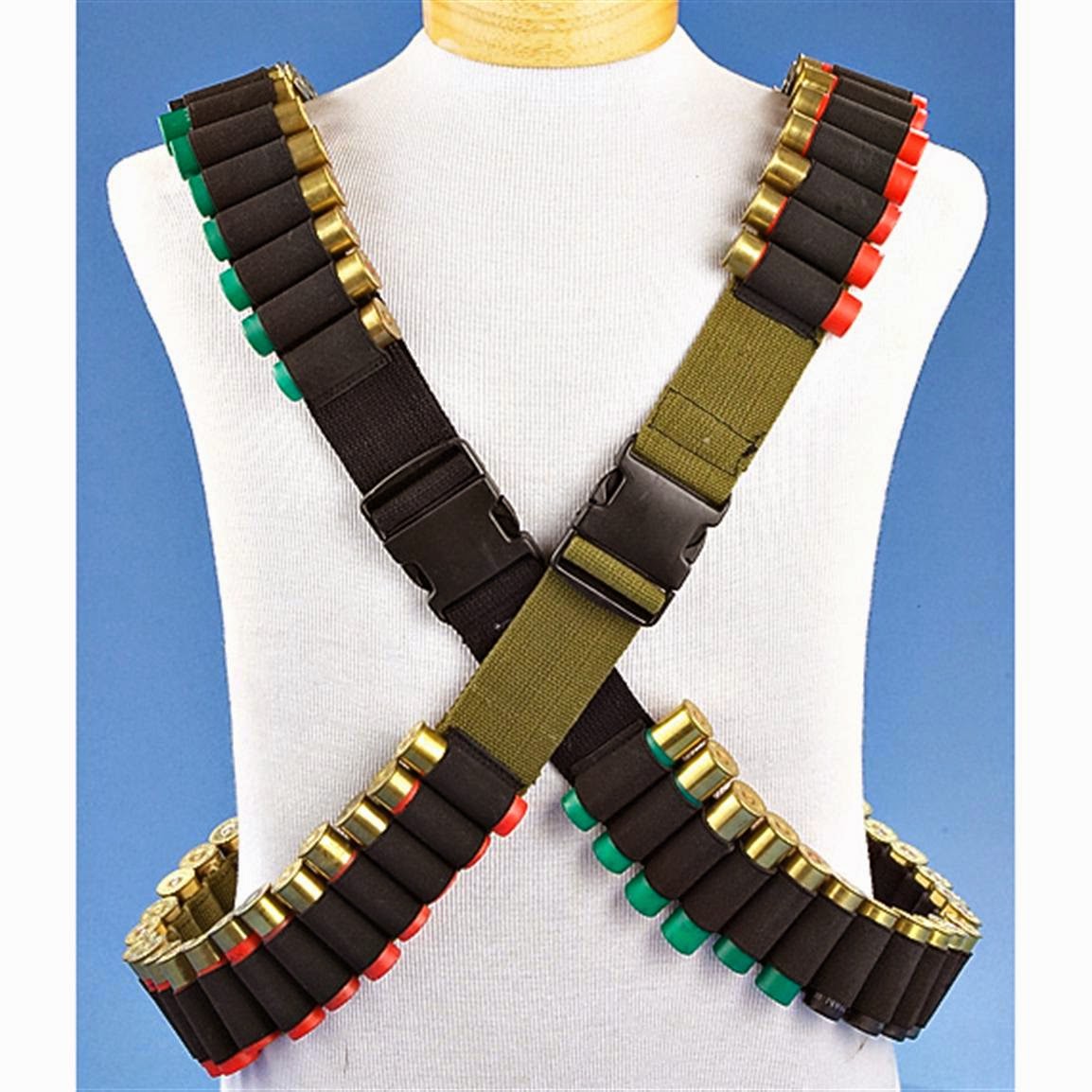












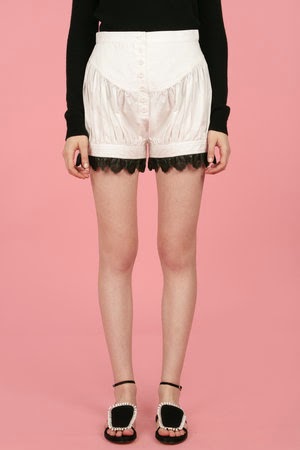


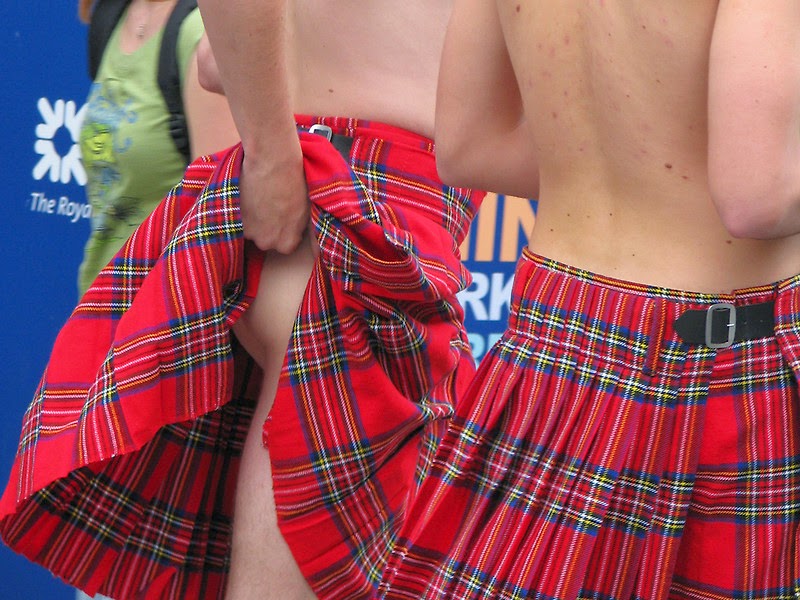




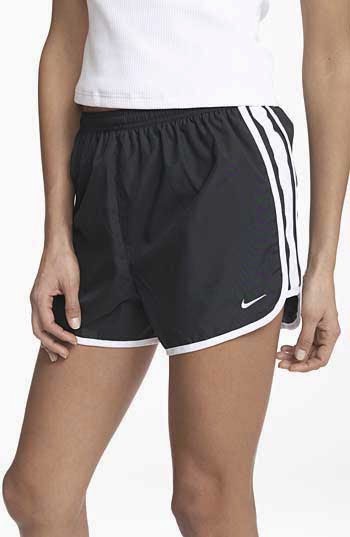



.jpg)

